Between 1950 – 1972, dumping of treated effluent containing nitrates and phosphates from upstream sewage treatment facilities occurred. This nutrient addition contributed to algal growth in lagoon waters, and with decomposition of senescent vegetation, led to the depletion of dissolved oxygen and hypoxic conditions. Mosquitoes and midges proliferated, and the odors associated with decaying organics increased.
The LPL Enhancement Plan was certified in 1985 by the State Coastal Conservancy to address impacts to the Lagoon associated with urbanization and provide measures to restore the Lagoons natural environs and habitats. Two priority actions identified in the Lagoon’s enhancement plan were monitoring of biological parameters, including channel water quality, and the mechanical opening of the mouth before water quality became poor enough to kill channel organisms. The physical and chemical characteristics of Los Peñasquitos Lagoon channel water have been monitored since 1987, and benthic invertebrates, fish, and saltmarsh vegetation have been monitored since 1988. These studies have led to the timely opening of the mouth and management of the Lagoon’s tidal prism, and have helped to increase our knowledge of the biology of southern California’s estuaries.
Until 2004, the monitoring at LPL was conducted by the Pacific Estuarine Research Laboratory (PERL), San Diego State University. PERL’s monitoring functions and core staff have now been transferred to SWIA and the Tijuana River National Estuarine Research Reserve (TRNERR). SWIA is also conducting the NOAA- sponsored monitoring of the TRNERR, and there is a substantial degree of coordination between the monitoring efforts in these two systems. The Research Coordinator at the TRNERR, Dr. Jeff Crooks, supervises the monitoring program at the Lagoon.
Vegetation surveys conducted along the transects for the 2016-2017 monitoring program occurred in October 2016 and March 2017. Overall, the dominate species found along the transects with regard to mean % covered were the following:
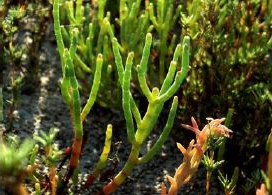
Pickleweed – 22.5% (Salicornia pacifica) 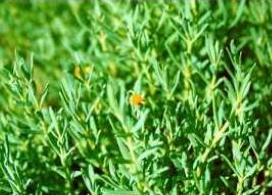
Fleshy Jaumea – 32.3% (Jeamea Carnosa) 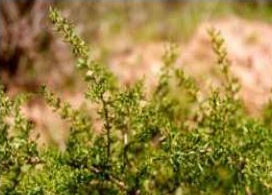
Alkali Heath – 25.3% (Frankenia salina) 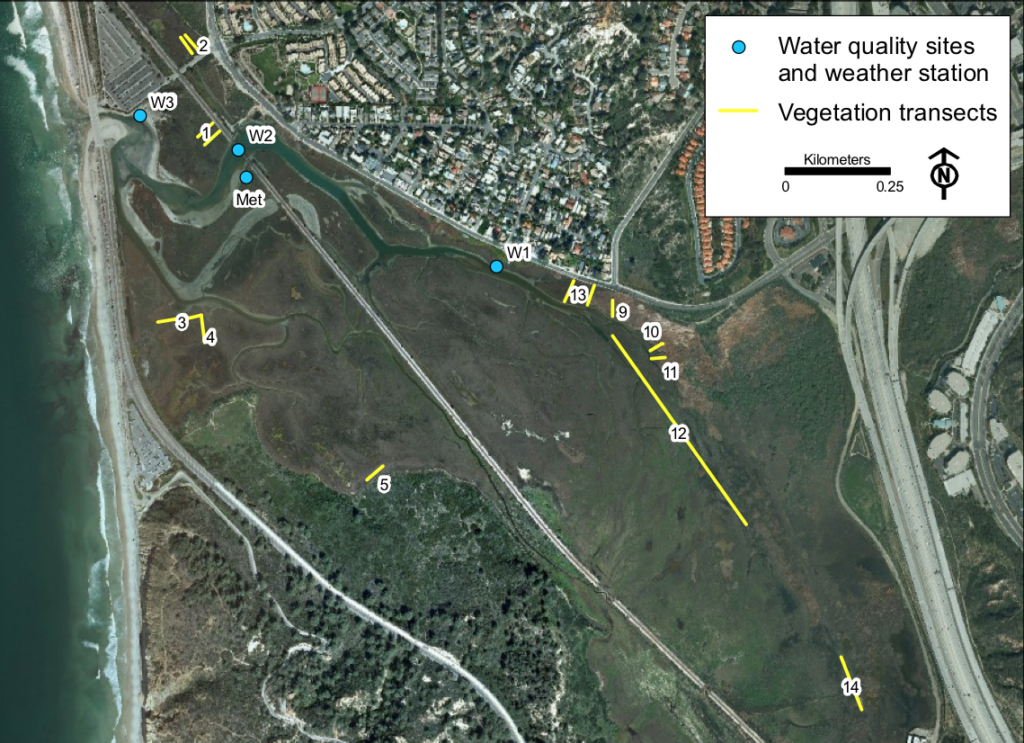
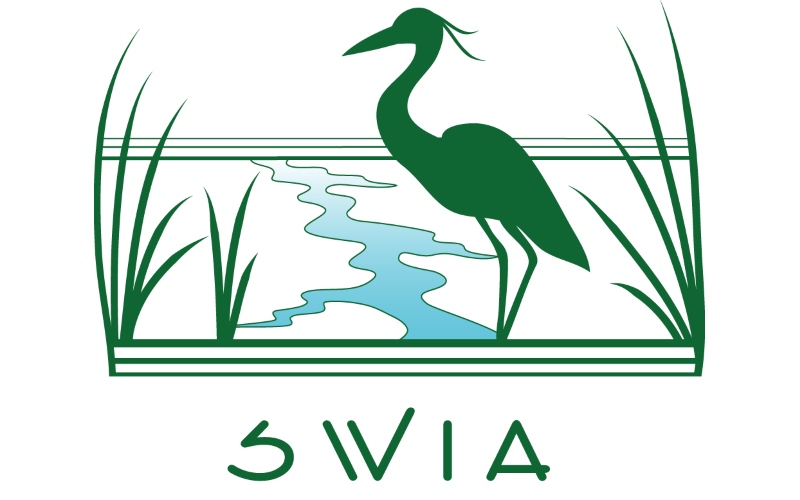
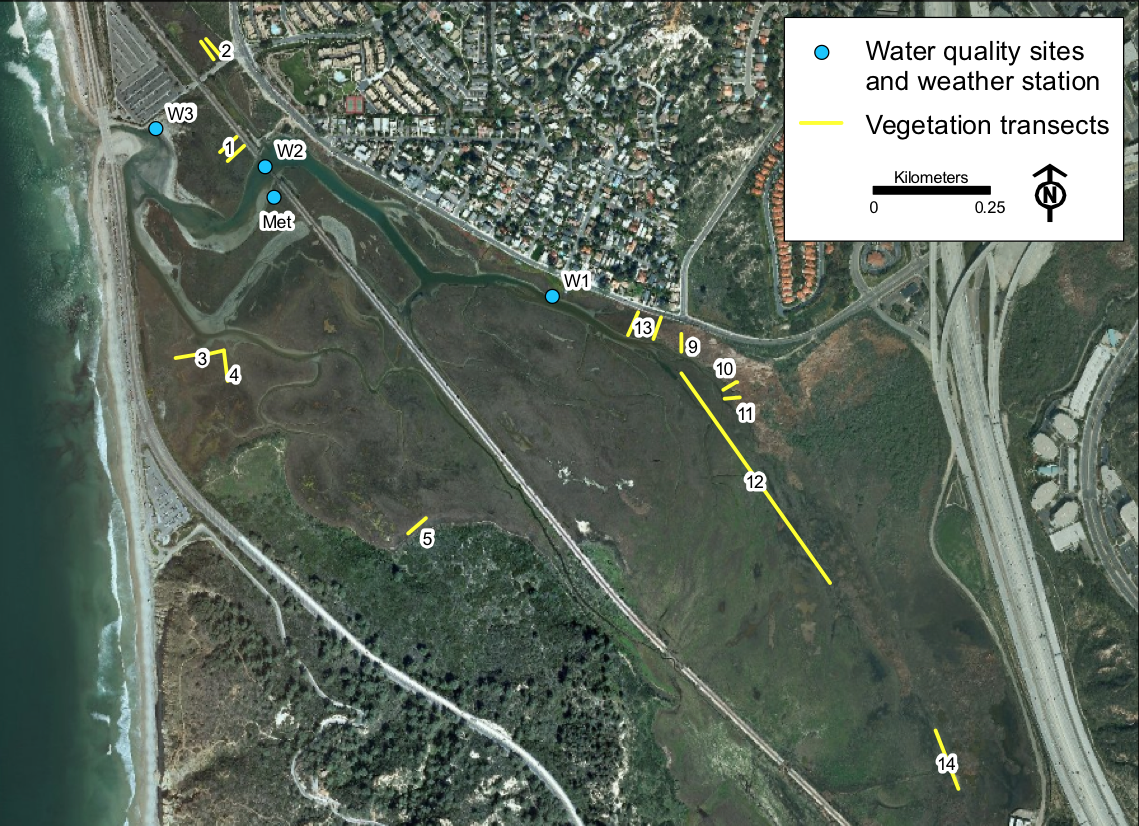
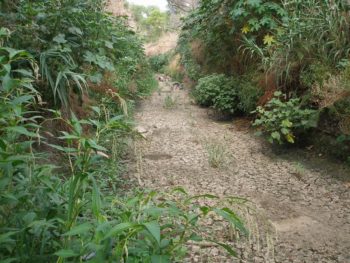
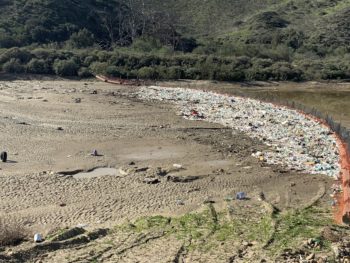
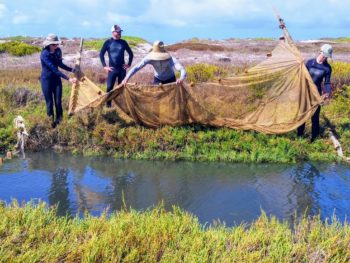
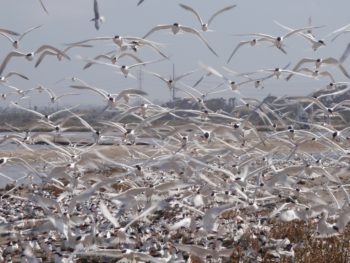
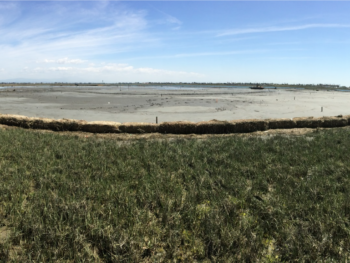
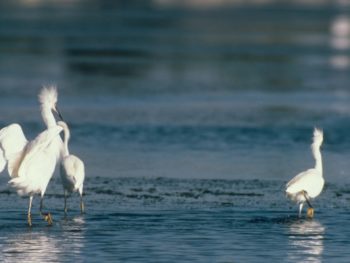
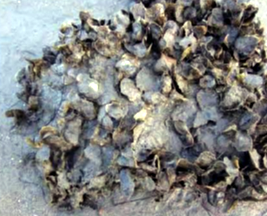
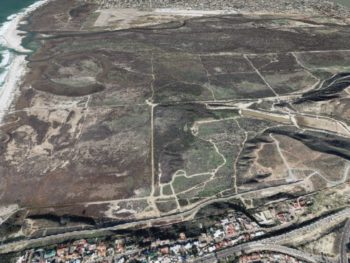
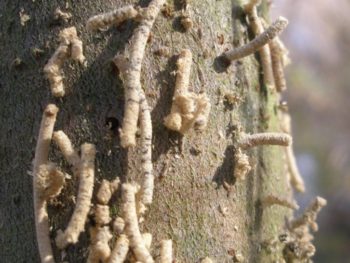
 South San Diego Bay Wetland Restoration Project
South San Diego Bay Wetland Restoration Project